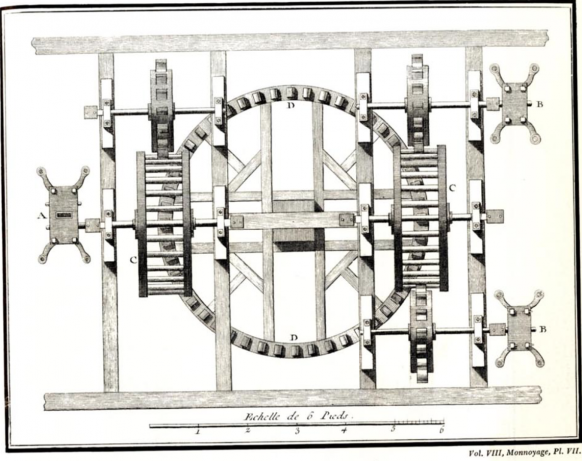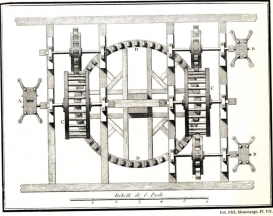Lissa Roberts is currently heading a collaborative research network aimed at revising our understanding of the history of technology since the mid-eighteenth century. The goal is to replace the current standard focus on innovation as organizing principle of inquiry into technology's past, present, and future with a more inclusive analysis of technologies in use, with special emphasis on the related histories of maintenance, infrastructure, and labor. Until now, most of what has been done from this perspective focuses on the twentieth century, at least partly in reaction to what might be described as the current preoccupation with innovation by government policymakers, the elite class of entrepreneurial 'visionaries', and the media. Showcasing our continued reliance on longer-standing technologies, along with the maintenance, infrastructures, and labor upon which the durability of our sociotechnical world depends, provides a counterweight to 'the hype of the new'. This is not to deny the existence and impact of innovations; rather it situates them in a historical frame that does justice to the complex and difficult work involved in sociotechnical change over time and across space.
While at the MPIWG, Roberts will pursue her own contribution to the project, which examines what happens when we extend this frame back to the period ~1750–1850? Do we encounter a dominant tendency amongst historians to export an innovation-centered perspective back in time to explain an era identified by historians and others as having given birth to the Industrial Revolution, the Great Divergence, and the Anthropocene? And how did historical actors discuss technologies and technologically mediated production? Did they adopt a celebratory stance toward innovation or, more generally, progress? Is this something that set in closer to 1840—and, of so, why? Were innovation and progress identified or celebrated as characteristic of some cultures and regions rather than others? Was recognition of innovation tempered by appreciation for longer-standing processes, traditions, and matters of quality?

Rolling mills for producing coins, detail. "Monnoyage," Diderot and D'Alembert, Encyclopedie, vol. VIII, plate VII

